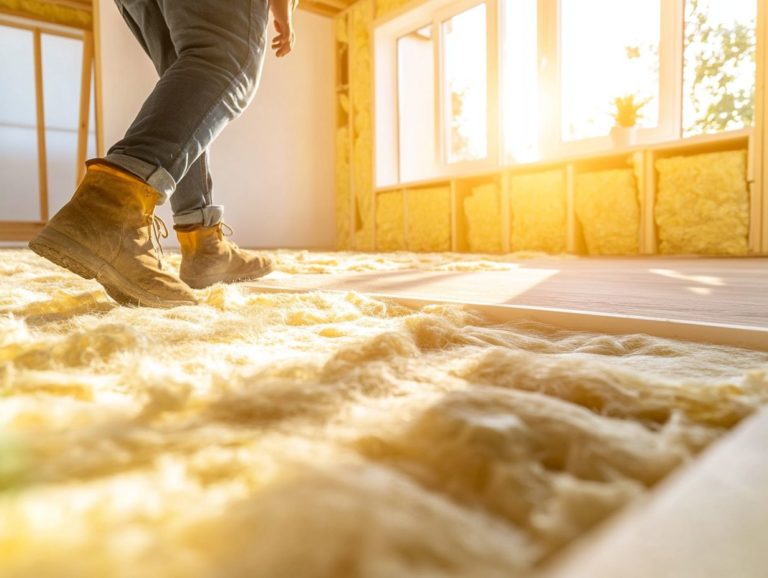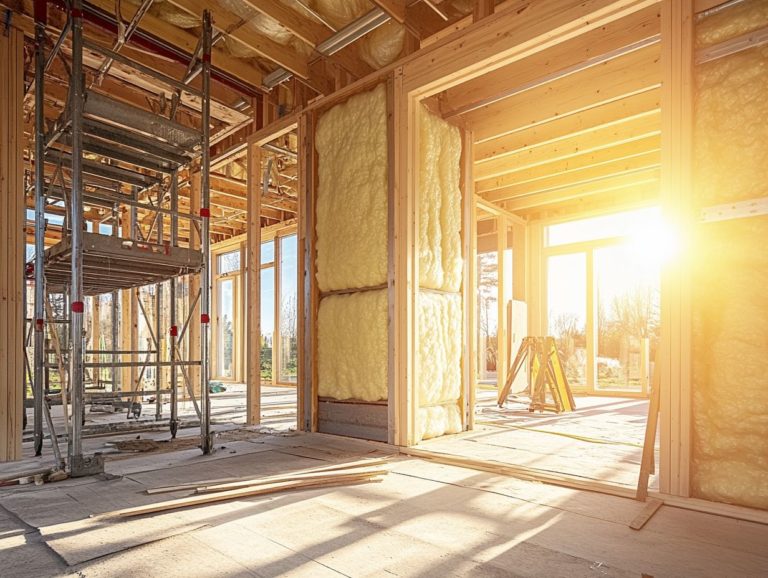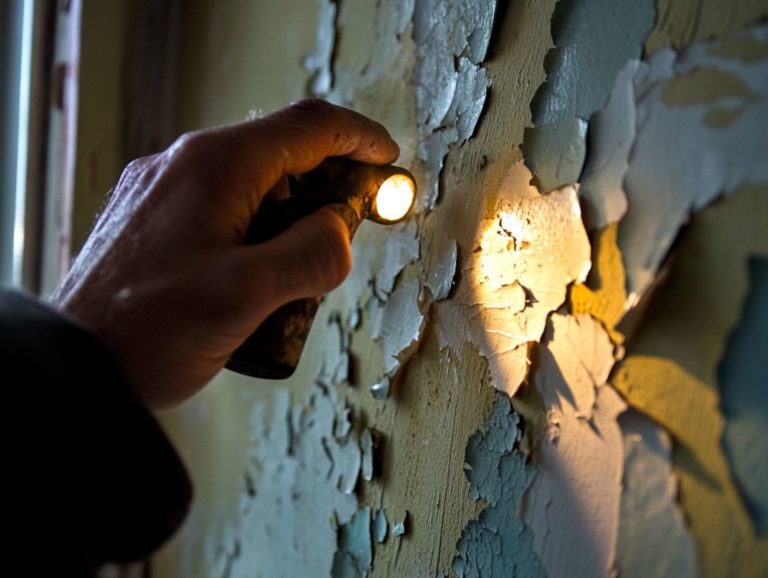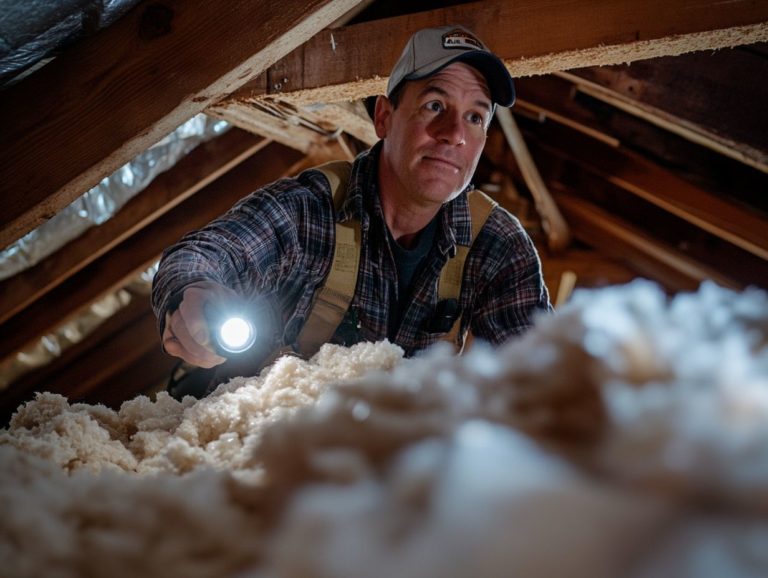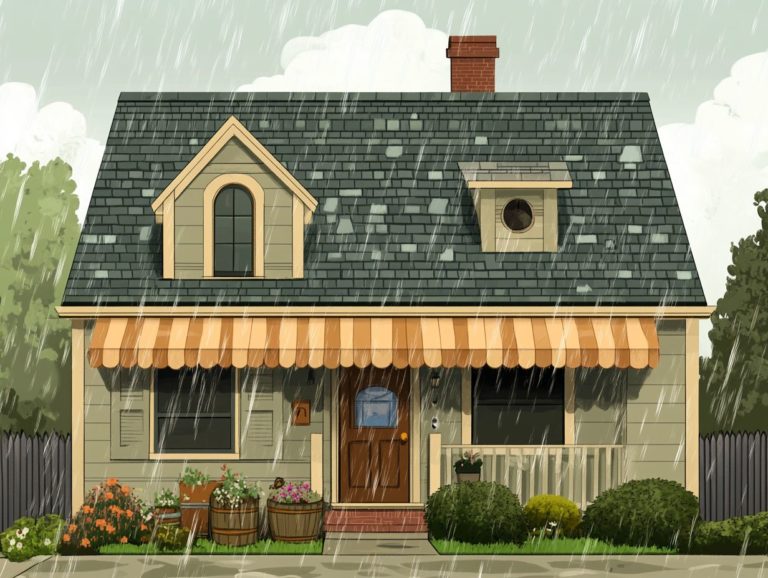Insulation Maintenance Tips for Homeowners
Home insulation is essential for a comfortable living environment and maximizing energy efficiency.
Get ready to transform your home with this essential guide to insulation! This guide highlights the significance of home insulation and helps you recognize signs of damage.
You ll uncover practical tips for maintaining various types of insulation fiberglass, spray foam, and cellulose.
You ll learn when to tackle insulation issues yourself and when to call in professionals, along with a handy maintenance checklist to keep your home cozy and cost-effective for years to come.
Contents
- Key Takeaways:
- Understanding Home Insulation
- Importance of Maintaining Insulation
- Signs of Insulation Damage
- Maintaining Different Types of Insulation
- DIY vs Professional Maintenance
- Preventive Measures for Long-Term Maintenance
- Preguntas Frecuentes
- Cu les son algunos consejos de mantenimiento para diferentes tipos de aislamiento?
- Puedo ahorrar dinero en mis facturas de energ a manteniendo mi aislamiento?
Key Takeaways:
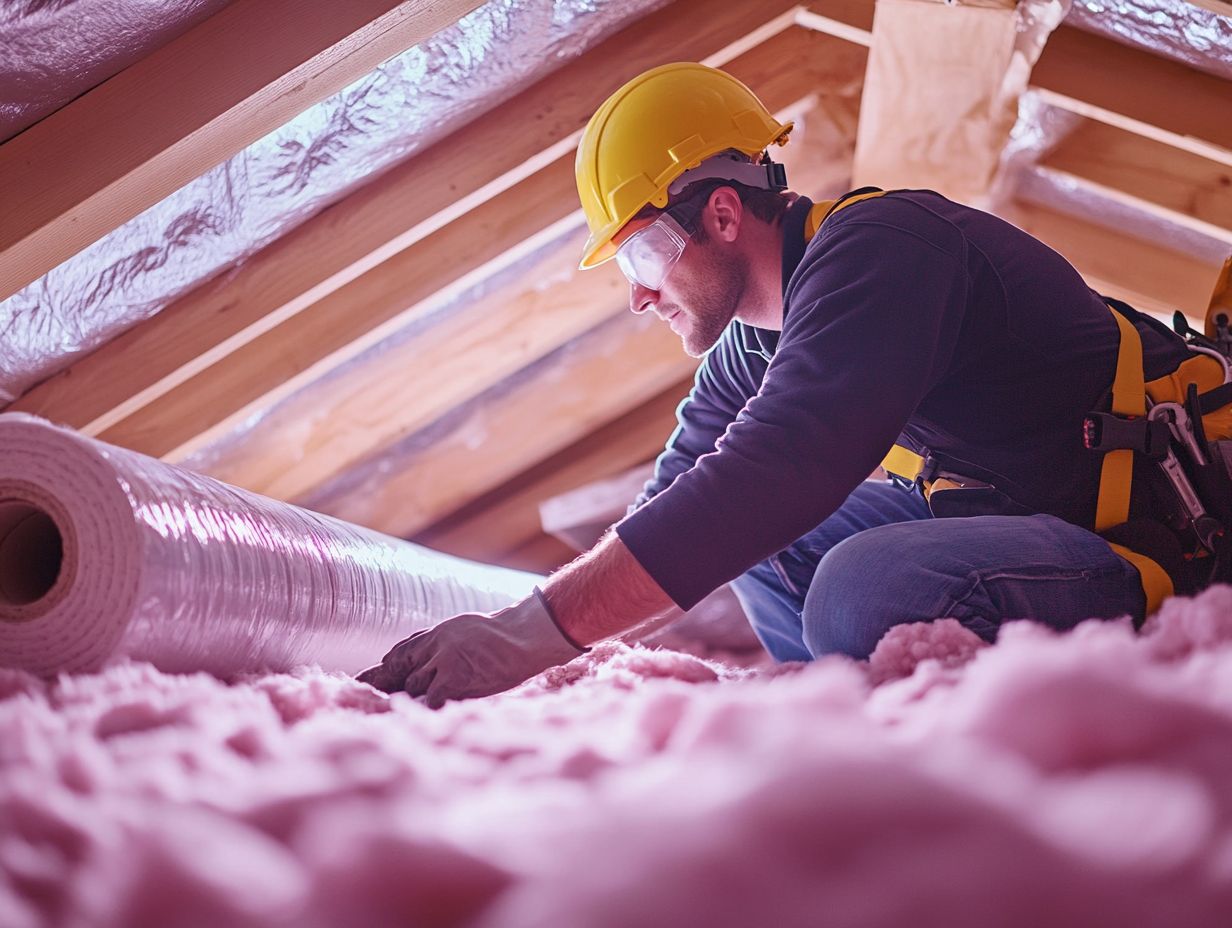
Regular insulation maintenance leads to savings on your energy bills.
Promptly address signs of insulation damage, like increased energy bills and uneven temperatures, to avoid further issues.
Different types of insulation, such as fiberglass, spray foam, and cellulose, require specific maintenance techniques and materials.
For best results, consider hiring a professional.
Understanding Home Insulation
Understanding home insulation is crucial for homeowners who want to elevate their home’s energy efficiency and comfort.
When you invest in proper insulation, you lower energy costs and prevent issues like moisture accumulation, mold growth, and pest invasions, especially in areas like the attic and crawl space.
By emphasizing effective insulation strategies and maintenance practices, you can create a safe and comfortable living environment all year round.
What is Home Insulation?
Home insulation consists of materials designed to minimize heat transfer between your building’s inside and outside, enhancing comfort and energy efficiency.
You ll find various insulation materials tailored to different needs, with fiberglass, spray foam, and cellulose being popular choices.
- Fiberglass is celebrated for its affordability and is typically used in attics and wall cavities, providing a robust insulation layer.
- Spray foam insulation expands upon application to create an airtight seal, effectively preventing air leaks.
- For an eco-friendly option, cellulose crafted from recycled paper is an excellent choice. It fits snugly into hard-to-reach spots in walls and attics.
Each of these materials is integral to your energy-saving efforts, enhancing your overall insulation strategy and helping to reduce heating and cooling costs.
Importance of Maintaining Insulation
Maintaining insulation is vital for achieving energy efficiency and maximizing cost savings in your home.
This is especially important in areas like the attic and crawl spaces, where heat loss can inflate your energy bills and create unsafe living conditions.
Regular maintenance helps prevent moisture buildup, mold growth, and pest infestations, ensuring your home remains comfortable and secure.
Energy Efficiency and Cost Savings
Energy efficiency in your home is closely tied to effective insulation, leading to significant cost savings on energy bills over time.
Investing in high-quality insulation creates vital barriers that reduce heat loss during the colder months and keep unwanted heat out in the summer.
For instance, a poorly insulated attic can waste up to 30% of heated air, forcing your heating system to work overtime and driving up energy costs.
Air leaks around windows and doors further undermine energy efficiency, allowing conditioned air to escape and straining your HVAC system.
By sealing these leaks and improving your insulation, you lower your monthly utility expenses and contribute to a more sustainable environment.
Signs of Insulation Damage
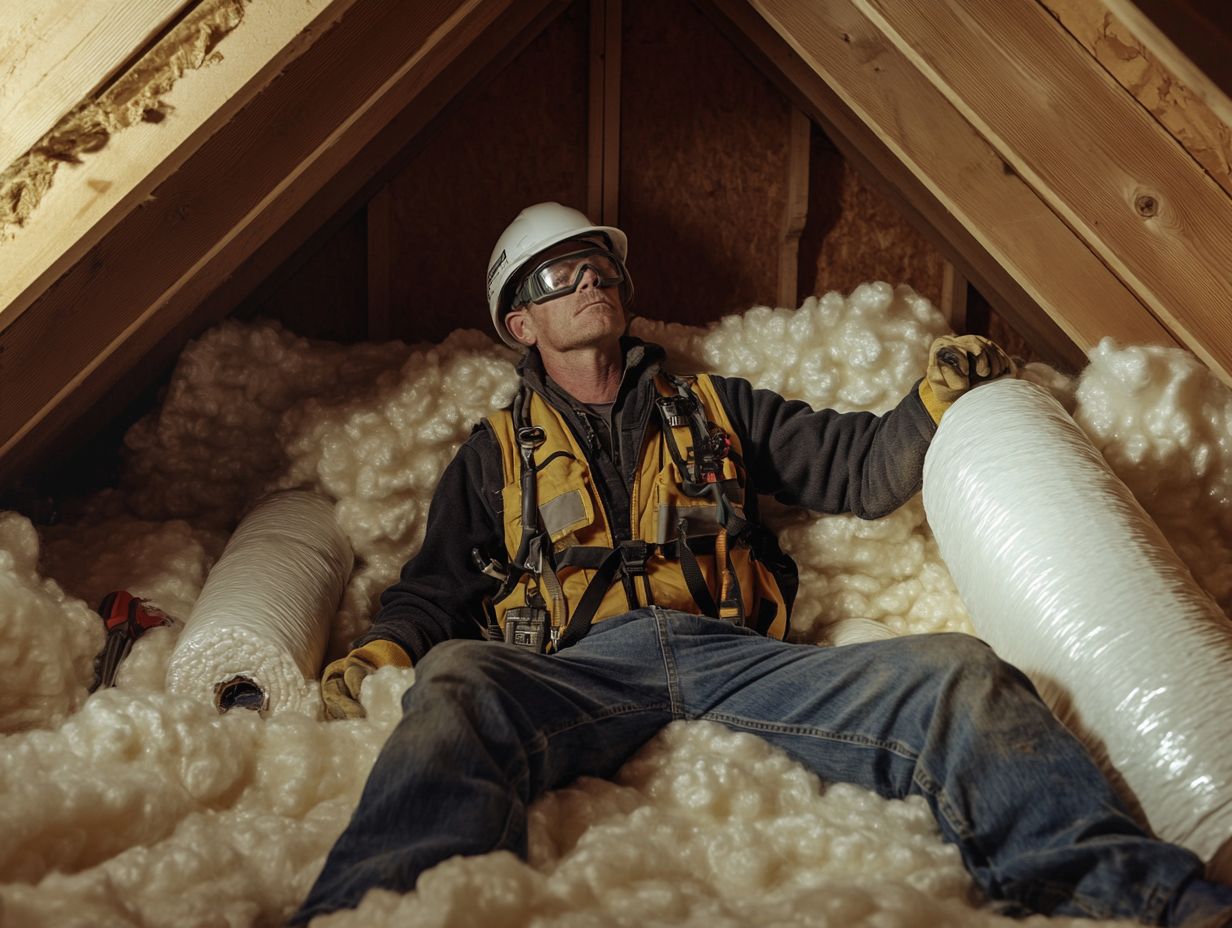
Recognizing signs of insulation damage is essential for maintaining safety and efficiency in your home.
Look for visible cracks, moisture accumulation, and pest infestations, especially rodents that often seek refuge in attics and walls.
Identifying Common Issues
Common insulation issues include moisture infiltration, air leaks, and pest infestations. These problems can reduce effectiveness and safety.
For instance, condensation leads to mold growth, which poses health risks. Gaps in insulation let warm air escape, raising energy bills.
Pests like raccoons and squirrels can damage insulation materials and leave unpleasant odors. Regularly inspect for moisture or gaps.
Seal openings with weatherstripping or spray foam to maintain optimal insulation. Keep outdoor spaces tidy to prevent pest entry.
Maintaining Different Types of Insulation
Different insulation types fiberglass, spray foam, and cellulose require specific maintenance strategies. Understanding these will keep each type functioning well over time.
Tips for Fiberglass Insulation
Fiberglass insulation is a premier choice for attics due to its thermal performance. Regular maintenance is essential to harness its benefits and reduce energy loss.
Inspect for moisture damage, as this significantly undermines effectiveness. Ensure proper installation, leaving no gaps that could lead to air leaks.
By following these maintenance practices, you extend your insulation’s lifespan and enhance your home’s energy efficiency. For more detailed strategies, check out the best insulation practices for homeowners. Addressing issues early can lead to lower energy costs and improved comfort year-round.
Tips for Spray Foam Insulation
Spray foam insulation is known for its sealing capabilities but requires periodic inspections to prevent air leaks. Regularly check for cracks or degradation that could reduce effectiveness.
Tackling issues quickly boosts energy efficiency and prevents unnecessary heating and cooling costs. This robust barrier also deters temperature fluctuations and pests.
Conduct thorough visual inspections and monitor regularly to ensure effective insulation over time.
Tips for Cellulose Insulation
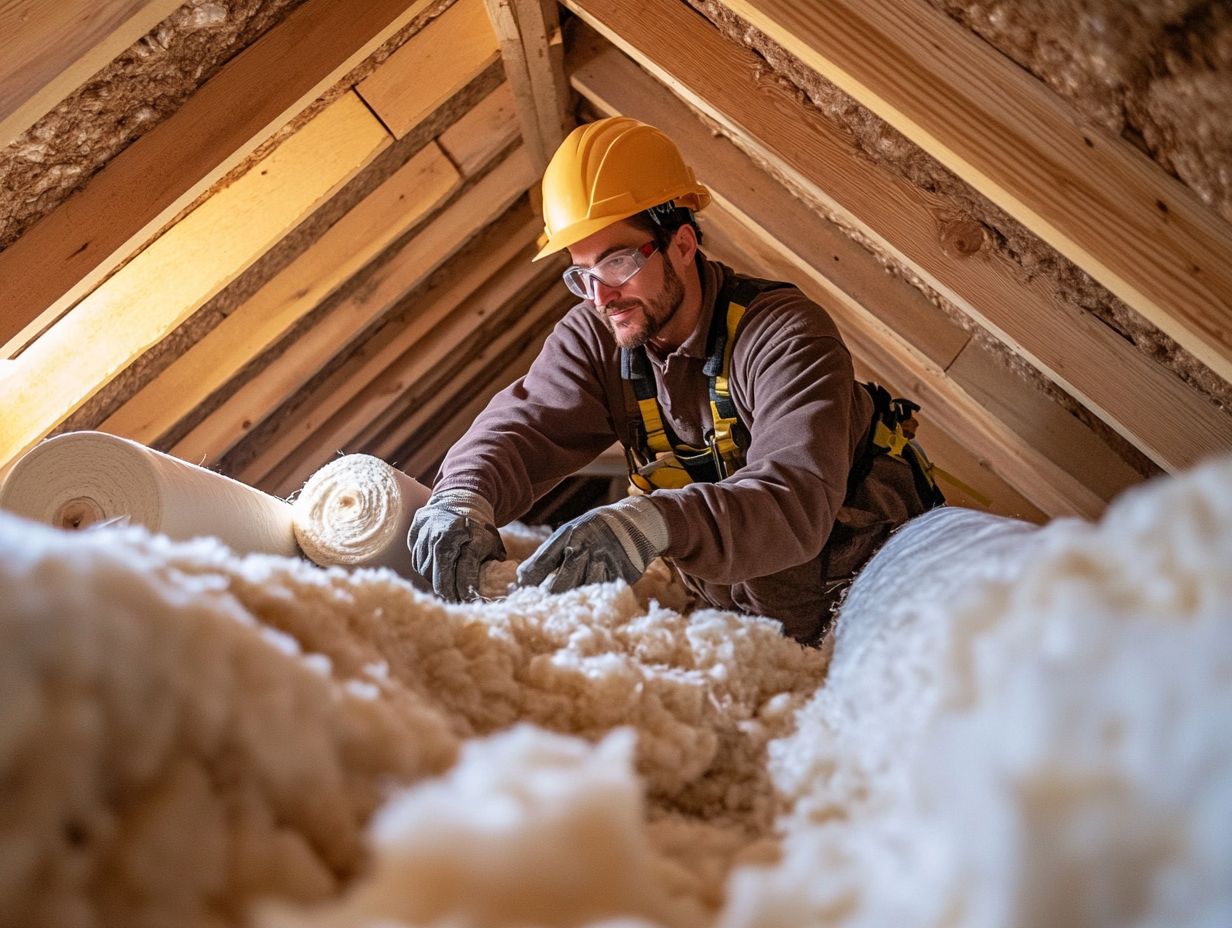
Cellulose insulation, made from recycled paper, is eco-friendly but requires attention to moisture management. Regular inspections for dampness or leaks are essential to maintain integrity.
Keeping it dry enhances insulation properties and wards off pests, as moisture attracts rodents and insects. Address issues promptly by sealing leaks and ensuring proper ventilation.
This proactive approach boosts energy efficiency, creates a comfortable living environment, and minimizes heating and cooling costs.
DIY vs Professional Maintenance
When weighing the choice between DIY maintenance and enlisting professionals for your insulation upkeep, it s essential to thoughtfully consider safety, expertise, and the particular needs of your home s insulation system, especially in the attic.
Each option has its merits. Understanding the nuances will guide you toward the best decision for your space.
When to Hire a Professional
Consider hiring a professional for insulation maintenance when facing severe pest infestations or extensive moisture damage.
Safety concerns during DIY efforts also call for expert help. For instance, if you re dealing with significant mold growth that could jeopardize your health, consulting experts is crucial for effective remediation.
A major pest issue, like a rodent invasion, typically requires not just removal but also a thorough inspection to prevent future infestations.
Professionals can identify and address complex insulation issues effectively. By leveraging their knowledge, they can guarantee comprehensive cleaning and effective rodent removal, ultimately providing you with peace of mind and a healthier living environment.
Preventive Measures for Long-Term Maintenance
Implementing preventive measures for long-term insulation maintenance is crucial for ensuring energy efficiency and protecting against costly issues such as water damage and pest infestations in your attic.
Taking the time to address these concerns can save you significant headaches down the line, enhancing comfort and preserving the integrity of your home.
Insulation Maintenance Checklist
An insulation maintenance checklist is your secret weapon as a homeowner, ensuring that every aspect of insulation upkeep from moisture control to pest prevention is meticulously addressed.
This structured approach not only extends the life of your insulation material but also significantly boosts your home s energy efficiency.
Start by inspecting key areas such as attics, crawl spaces, and basement walls for visible signs of damage or wear.
Identifying potential air leaks around windows, doors, and outlets is crucial, as these often lead to considerable energy loss.
Next, assess the condition of your insulation by checking for gaps, compression, or moisture buildup. These indicators will help determine if repairs are necessary.
Don’t overlook the importance of effective rodent removal strategies. Sealing entry points and using traps will safeguard your insulation from degradation and contamination, ensuring your home remains comfortable and energy-efficient.
Preguntas Frecuentes
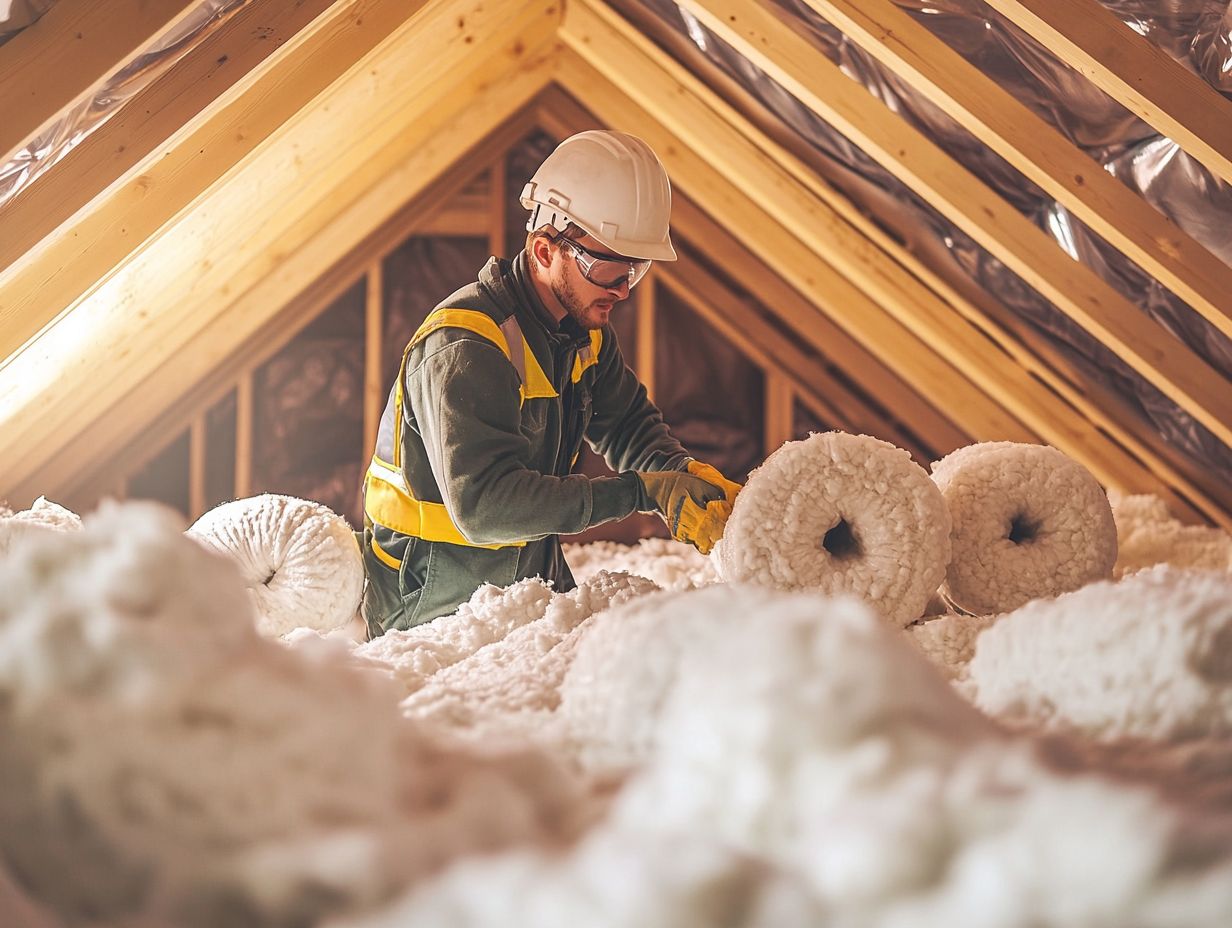
Qu es el aislamiento y por qu es importante para los propietarios de viviendas?
El aislamiento es un material que se utiliza para prevenir que el calor escape o entre en una casa. Ayuda a mantener una temperatura c moda y tambi n puede reducir los costos de energ a. Es importante para los propietarios de viviendas porque puede mejorar la eficiencia energ tica de sus hogares.
Con qu frecuencia debo revisar y mantener mi aislamiento?
Se recomienda revisar y mantener su aislamiento al menos una vez al a o, preferiblemente antes del inicio del invierno. Esto asegurar que su hogar est adecuadamente aislado y listo para los meses m s fr os.
Cu les son algunas se ales de que mi aislamiento necesita mantenimiento?
Algunas se ales de que su aislamiento necesita mantenimiento incluyen temperaturas desiguales en su hogar, altas facturas de energ a y corrientes de aire o puntos fr os. Tambi n puede notar plagas o roedores, ya que pueden da ar el aislamiento.
Puedo mantener mi aislamiento yo mismo o debo contratar a un profesional?
Mantener el aislamiento puede ser un proyecto de bricolaje, pero se recomienda contratar a un profesional para tareas m s grandes o complejas. Un profesional tambi n puede realizar una inspecci n exhaustiva y proporcionar recomendaciones para reparaciones o reemplazos necesarios.
Cu les son algunos consejos de mantenimiento para diferentes tipos de aislamiento?
Si tiene aislamiento de fibra de vidrio, use siempre equipo de protecci n al manipularlo.
Para el aislamiento de espuma, verifique si hay grietas o huecos. Rell nelos con un sellador de espuma adecuado.
Si usa aislamiento de espuma rociada, reapl quelo cada 15 a os para mantener su rendimiento.
Con el aislamiento de celulosa, aseg rese de que no est comprimido o h medo.
Puedo ahorrar dinero en mis facturas de energ a manteniendo mi aislamiento?
S ! Mantener su aislamiento puede reducir sus facturas de energ a.
Un buen aislamiento permite que su hogar use menos energ a para mantenerse c modo, lo que significa que pagar menos.
El mantenimiento regular tambi n evita problemas que podr an costarle m s a largo plazo.

